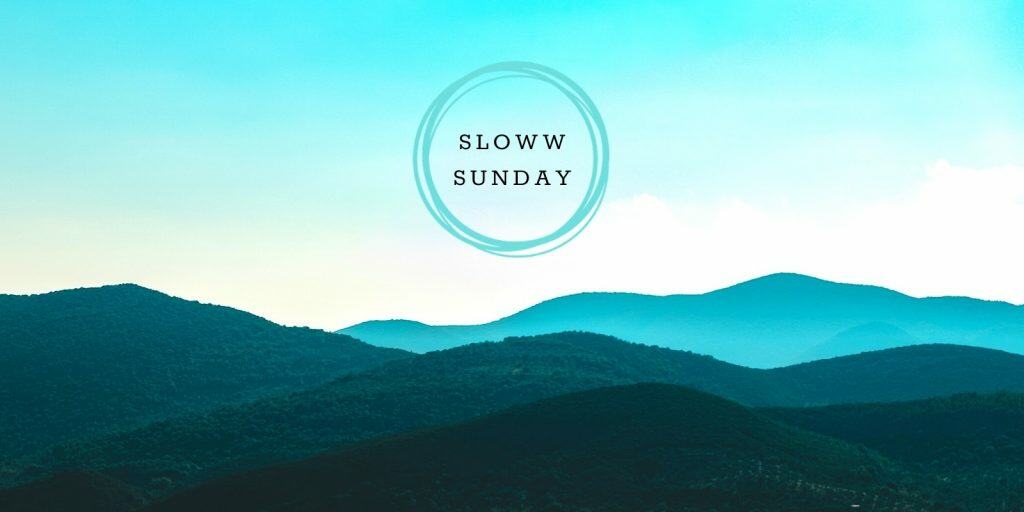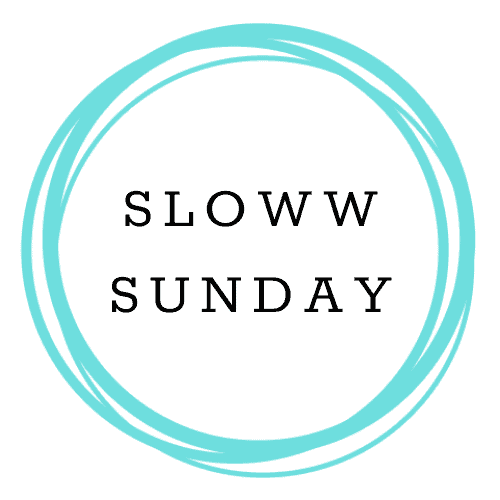Sign up to get the Sloww Sunday newsletter via email for free:👇

Sloww Sunday Newsletter 069 (July 18, 2021) — Meaningful Relationships, Mental Models, Practical Stoicism, & More
Hi friends,
Here’s the latest from Sloww along with the most interesting things I discovered last week.
To respect your time and attention, every newsletter can be read in under 5 minutes. If you enjoy it, please take 5 seconds to share it with someone who could benefit from it.
Happy learning and living!
Sloww Stuff
If you’re wondering what “mental models” are, this book is a great place to start. Not only does it define the term, but it gives an overview of 9 mental models that will upgrade your understanding of how the world works, allow you to make better decisions, and ultimately help you live a better life.
“When you learn to see the world as it is, and not as you want it to be, everything changes. The solution to any problem becomes more apparent when you can view it through more than one lens. You’ll be able to spot opportunities you couldn’t see before, avoid costly mistakes that may be holding you back, and begin to make meaningful progress in your life. That’s the power of mental models.” — Shane Parrish (Farnam Street)
Modern Knowledge
🤝 Is there a limit on meaningful relationships?
(61 mins | YouTube)
Anthropologist and evolutionary psychologist Robin Dunbar studied social systems in monkeys for 25 years before switching to study humans for another 25 years. Perhaps you’ve heard that the “Dunbar number” is 150 people. But, do you really know what that entails? If you want to go deeper, Dunbar also gave a TEDx Talk.
Highlights:
- Brain Size & Social Size: Humans use the same bits of the brain that monkeys and apes do to manage our relationships. And, it turns out there’s a connection between brain size and social group size in primates. Based on human brain size, Dunbar hypothesized that human social group size has a natural limit of around 150 people. History and modern research continue to validate it.
- Why 150? It isn’t a communication or technological constraint. It’s a constraint of our minds—your mind can only process how ~150 other minds are thinking at any given time. Why? It requires a lot of the brain’s neural processing power to do “mentalizing”—internal modeling of external people’s thinking processes to understand how they view the world.
- What are the Layers of Relationships? The Dunbar number is made up of a series of layers of family/friends. The layers follow a fractal structure that make them very stable. Each layer is 3x the size of the layer inside it. And, each layer transcends and includes the prior layer (for instance, the layer at 150 includes all the people in the layer at 50). Here’s the breakdown:
- 1.5: Intimate friends (women average 2, men 1)
- 5: Close friends
- 15: Best friends
- 50: Good friends
- 150 (Dunbar’s Number): Friends (meaningful relationships at the personal level at any one time)
- 500: Acquaintances
- 1500: Your tribe/community (known names)
- 5000: People recognizable by photo (known faces)
- A Dose of Perspective: About 75% of all your social time is spent with people in the 1.5, 5, and 15 layers. Keep in mind that your upper cognitive limit is 5,000 people, yet there are 7,900,000,000 humans alive today!
“The single most important factor affecting your psychological health and well-being and your physical health and well-being—even how long you live into the future—is predicted by one thing and one thing only: the number of close friendships you have.” — Robin Dunbar
Timeless Wisdom
🧘 Learning Stoicism: A Systematic Approach to Stoic Praxis
(66 mins | YouTube)
Entrepreneur Jon Brooks is a super synthesizer of Stoicism—making it more practical and practice-able. He’s currently going through all the writings of Epictetus, Marcus Aurelius, and Seneca line-by-line and visually mapping them out at The Stoic Handbook. Nobody gets an easy ride all the way through life. By practicing Stoicism now, you’ll be able to actually use it when you need it the most in the future.
Pair with:
- My all-time favorite Stoic quotes
“I’d like to get to a point where we can truly upgrade our mental operating system by having a subsystem that is trained to varying levels of stress—to the point that when we get triggered, the Stoic subsystem can activate immediately and we can go through it and arrive at a healthy, wise, rational, response. That’s the ideal.” — Jon Brooks
Mind Expanding
🤯 Proof We’re Living in 2021
(29 mins | YouTube)
I believe this video is a recording from the Abundance360 summit led by Peter Diamandis earlier this year. Peter’s résumé is too long to list—serial entrepreneur, bestselling author, physician, and much more. If you want to see a little bit of all the innovation going on in the world today, this is a jam-packed showcase featuring the cutting edge of pretty much everything: global capital abundance; energy; healthcare, longevity, & biotech; computing & AI; communications, networks, & sensors; transportation; robotics & drones; virtual, augmented, & extended reality; 3D printing; and physics & space.
“The day before something is truly a breakthrough, it’s a crazy idea.” — Peter Diamandis
💭 Deep Quote
“It is not possible for anyone to see how far any other person has come along their path.” — Hermann Hesse
Source: The Spiritual Hero’s Journey of a Lifetime: “Siddhartha” by Hermann Hesse (Book Summary)
Sharing: If you enjoyed this issue, please help grow Sloww by sending this post to some friends or family who could benefit from it or sharing it on social media. Anyone can subscribe for free here.
Support: Sloww is a one-human labor of love. If you’re interested in supporting my work, there are several financial and non-financial ways to support.
Feedback: Have something you want to say, or just want to say hi? It’s always much appreciated. Just send me an email or reach out socially.
Have an intrinsically-motivated week!
Kyle Kowalski
Solopreneur & Synthesizer, Sloww






Leave a Reply